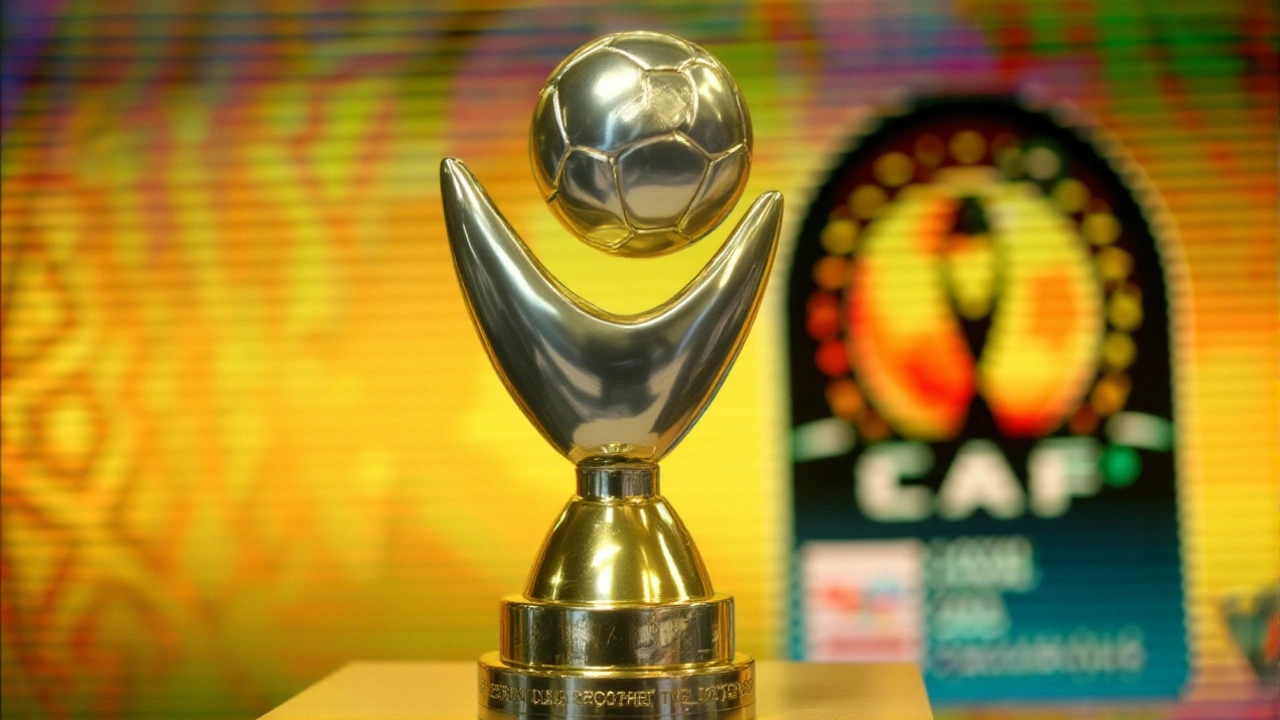Draw in Sports: When Teams Tie and What It Means
When two teams finish a match with the same score, it’s called a draw, a result where neither side wins, often decided by the rules of the sport and sometimes by luck or timing. Also known as a tie, a draw isn’t a failure—it’s a legitimate outcome that can change the course of a season.
In football, a draw can be frustrating for fans but strategic for coaches. Teams might settle for one point in a tough away game, saving energy for bigger matches. Look at Latvia and Andorra’s 2-2 draw in their World Cup 2026 qualifier—neither side won, but Latvia stayed alive in the group while Andorra kept fighting. Meanwhile, in the Carabao Cup, a draw in earlier rounds sends teams into replays or penalties, keeping the competition alive. The same logic applies in cricket: India Women beat New Zealand by 53 runs using the DLS method, but if rain had cut the game short differently, a draw could’ve been the result. Draws aren’t just about scores—they’re about context.
It’s not just football and cricket. In rugby, hockey, and even esports, a draw means shared points, playoff implications, or sudden-death deciders. Sometimes, a draw is the only fair outcome. Think of Villarreal vs Sevilla: a last-minute goal turned a possible draw into a win, but if that goal hadn’t come, the rivalry would’ve ended level. And in the Europa League, teams often bank on draws to secure progression on away goals, like Roma did against Barcelona. A draw doesn’t always mean boredom—it can be the most dramatic moment of the game.
What you’ll find below is a collection of real matches where draws mattered. Some ended in stalemates, others turned into unforgettable comebacks after a tie. From the Premier League to the World Cup qualifiers, these are the moments where a single goal didn’t come—and the story didn’t end. See how teams reacted, how fans felt, and how the rules turned a draw into something bigger.
- October 26, 2025
- Comments 11
- Sports

